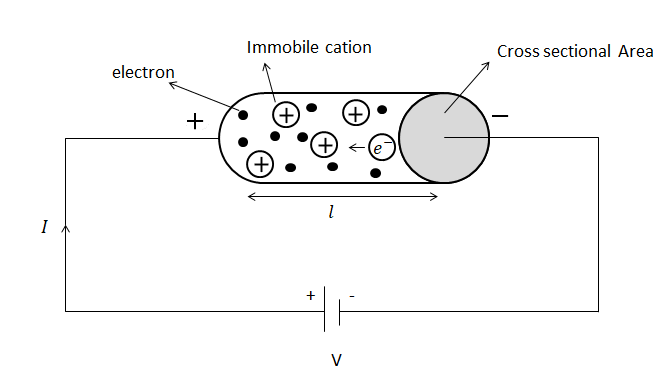Sound -- Acoustic Phenomena
Range of Hearing (Audible Range)All vibrating bodies produce waves with their own unique frequency. The frequency of a wave is equal to the frequency of the vibrating body producing sound. Normal h...


Consider a metallic conductor contains a large number of free electrons which are moving randomly in all directions. Let such electrons are marked as 1,2,...n which are moving with random velocities u1,u2,u3....un then taking their average;
uav =(u1 + u2+ ⋯ + un)/n= 0. Thus, there is no net flow of charge in any direction.
Now when the electric field is applied these electrons are accelerated with the acceleration given by
a =eE/m
These electrons move on for time τ1,τ2,τ3,...,τn . So the average time spent by each electron before they collide with the atom is given by
τ =(τ1 + τ2 + ⋯ + τn )/n
This time is called the relaxation time. The relaxation time is the average time spends by the electrons between two successive collisions. In a good conductor like metals, its value is of the order of 10-14 seconds. The final velocities acquired by these electrons inside the metal in the presence of an electric field is given by,
v1 = u1 + aτ1
v2 = u2 + aτ2
v3 = u3 + aτ3
.
.
.
vn = un + aτn
Thus the average velocity is given by

vav = 0 + a τ
vav = (eE)/m x τ
This is the drift velocity of electrons. It may be defined as the average velocity gained by the free electrons of a conductor in the opposite direction of the externally applied electric field.